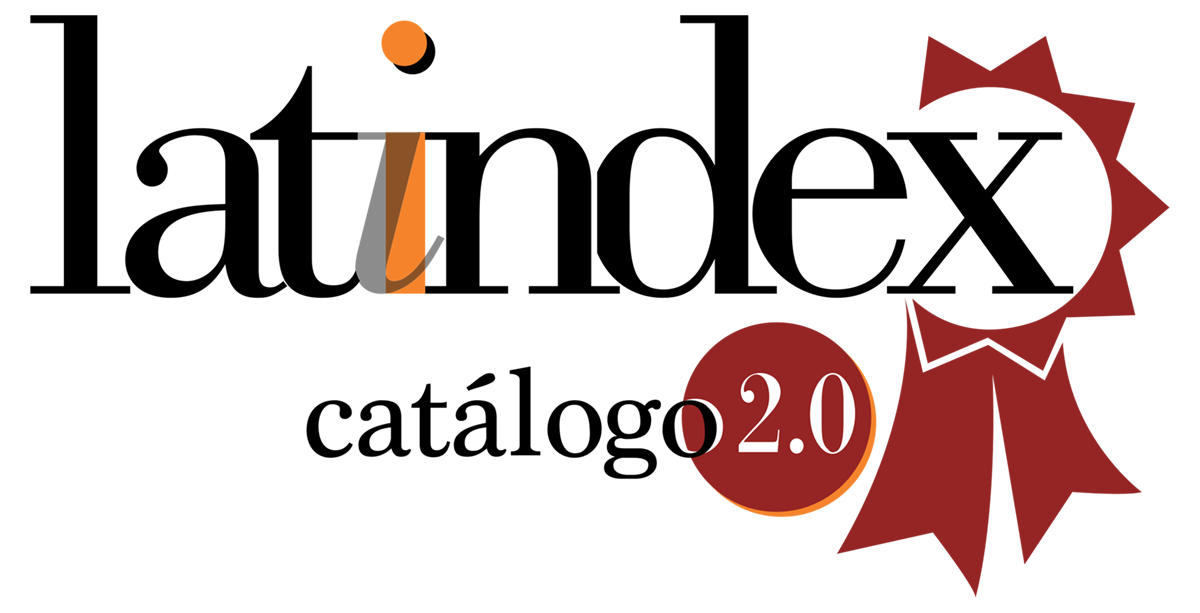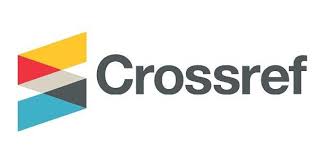Normas para publicación
GENERAL GUIDELINES
The author must download from the journal's website, fill out, and attach to their contribution the unique form that integrates the following information:
Request for article evaluation. Declaration that the submitted original is unpublished and not under evaluation elsewhere. Details: name, academic degree, institution of affiliation, address, telephone, email.
A brief curriculum vitae of the author, not exceeding 4 lines, on a separate sheet. Including Affiliation and ORCID ID.
Manuscripts should be sent to the journal's email: oiac_iggp@usmp.pe in Word format, with a signed communication from all authors and attaching a Publication Request and Authors' Directory.
Check link: Information for Authors
ADDITIONAL STYLE GUIDELINES:
Footnotes: It is recommended to limit footnotes to strictly necessary information; do not use footnotes to cite bibliographic references, which preferably should be incorporated into the text; footnotes should be numbered consecutively, with Arabic numerals written as superscripts.
Tables, figures, and equations: (a) It is recommended to restrict the number of tables and figures to the essential, avoiding redundancy with the text. (b) Equations should be made using the "mathtype" equation editor in Word and should not be pasted into the text as a "picture". (c) Tables, figures, and other elements should be inserted at the end of the text in the program in which they were designed; inserting as a "picture" should be avoided. Excel graphs should include their corresponding data table. (d) The placement of tables and figures in the body of the article should be indicated in the appropriate place using the terminology: (e) Insert Figure 1. (f) Insert Table 1. (g) Tables and figures should explicitly and completely indicate their sources, as well as who has prepared them. (h) Tables should indicate, at the beginning of the title, the period they cover, and indicate in a subtitle (in italics and parentheses) the units in which they are expressed. (i) Figures should be prepared with the understanding that they will be published in black and white. (f) Acronyms and abbreviations: Acronyms or abbreviations should not be used unless essential, in which case the full denomination should be written the first time they are mentioned in the article.
Bibliography: Bibliographic references should follow the APA style (sixth edition) and must be directly related to the content of the article, avoiding unnecessary extensions, and providing accurate and alphabetically ordered information: author(s) name(s), publication year, complete article title (if applicable), work title, subtitle when applicable, city of publication, publishing entity, and, for journal articles, publication month. Below are some examples.
Book
Ayala de Garay, M. T., y Schvartzman, M. (1987). El joven dividido: La educación y los límites de la conciencia cívica. Asunción, pa: Centro Interdisciplinario de Derecho Social y Economía Política (CIDSEP).
Chapter of book
Helwig, C. C. (1995). Social context in social cognition: Psychological harm and civil liberties. En M.Killen y D. Hart (Eds.), Morality in everyday life: Developmental perspectives (pp. 166-200). Cambridge, ru: Cambridge University Press.
Journal article
Gozálvez, V. (2011). Educación para la ciudadanía democrática en la cultura digital. Revista Científica de Educomunicación 36(18), 131-138.
Digital journal article
Williams, J., Mark G., y Kabat-Zinn, J. (2011) Mindfulness: Diverse perspectives on its meaning, origins, and multiple applications at the intersection of science and dharma. Contemporary Buddhism12(1), 1-18. doi: 10.1080/14639947.2011.564811
Electronic sources
Sistema Regional de Evaluación y Desarrollo de Competencias Ciudadanas (2010). Sistema Regional de Evaluación y Desarrollo de Competencias Ciudadanas. Recuperado de: http://www.sredecc.org/imagenes/que_es/documentos/ SREDECC_febrero_2010.pdf














